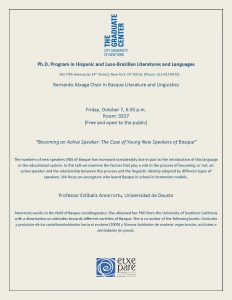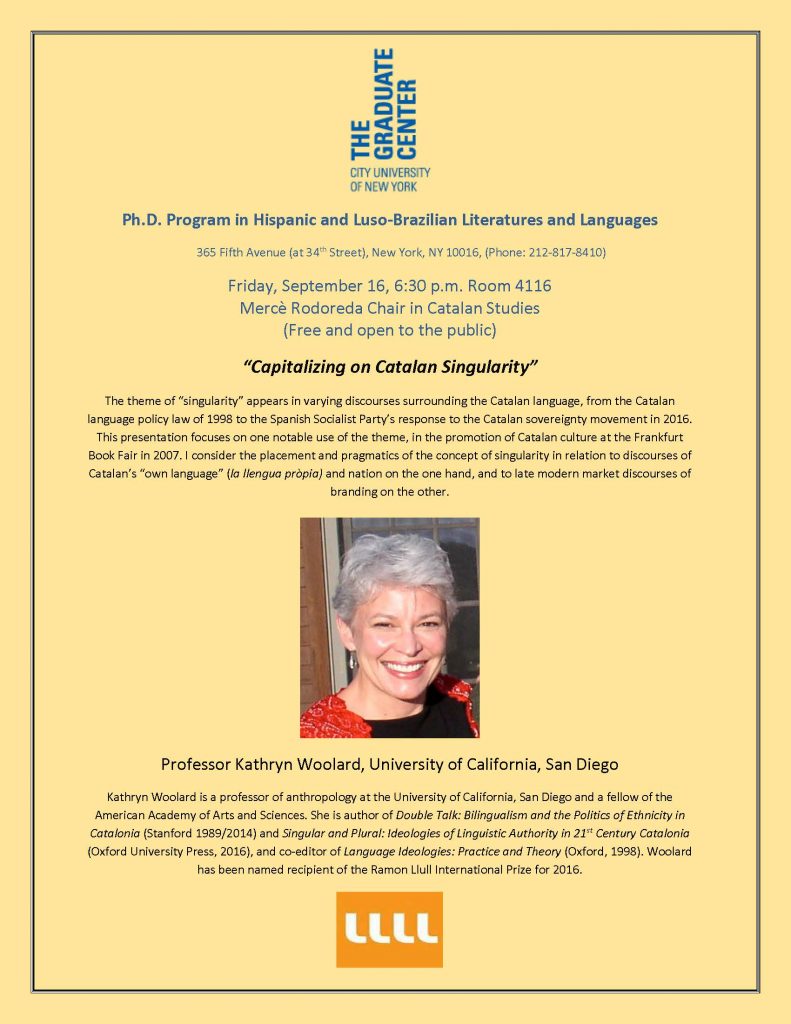Mark Sebba’s chapters 2 and 5 discuss orthography as an ideologically charged social practice. Through many examples, he shows that conventions as well as their violations convey social meaning.
The ausbau-abstand paradox: In order for a language to gain legitimacy as a “high” form, it has to increase its abstand (distance) from other languages, but at the same time, nearly all ausbau (development) languages have been modeled on an existing standard which already has a status of a literary form. For example, writing notin or not’n for nothing to express Jamaican Creol’s difference from English still makes use of the variation potential of English orthography. An attempt such as nuttn will fail to convey the meaning.
Standard Arabic orthography is both phonetic and deep. If a letter is written it has one pronunciation, and no two letters constitute one sound (with one exception). However, short vowels are not written, so they have to be guessed based on the grammatical context. In addition, geminates are written as one letter with a symbol that is usually omitted. That is, every word without a context has several possible readings that change the category (noun/verb/adjective) and the meaning of the word. Luckily, CMC allows Arabic speakers to model their language either on Fusħa (Standard Arabic), or on Latin alphabet.
In the early days of chat rooms, writing in Arabic was not possible for technical reasons. Arabic speakers were forced to use the Latin alphabet which does not have enough consonants to account for Arabic sounds. As a solution, they started substituting the missing Arabic letters with numbers that resemble their shape ح=7 ع=3 ط=6 ء=2 etc. and this practice quickly became the norm. However, the real potential of Latin alphabet to represent the missing vowels and geminates in writing was not fulfilled. I found the following examples in the same facebook comment: tmsk for [timsek], both t3llm and t3lam for [tʕallam], nzlha for [nazzilha] and bt3rraf for [btiʕraf]. As you can see, the presence or absence of vowels and geminates does not follow any rule. Using Latin alphabet did not eliminate the influence of Fusħa conventions, it only mixed them with English and French conventions too, creating a highly inconsistent orthography.
Writing in Arabic alphabet became very easy with the spread of smartphones. The problem here is that dialects differ from Fusħa on the morphological and phonemic levels (among other things). However, Arabic speakers can still take advantage of Fusha’s phonetic potential to write their dialects. For example, as you can see in the table, the final vowel [u] in northern Palestinian dialects is used with 5 morphemes that are different from their Fusħa counterparts. Since the vowels are not represented, I indicated what letter(s) is used (<letter>) and how it is pronounced when the vowels are recovered ([sound]). Notice that the last case, they, is the one exception I mentioned earlier where the sound [u] is represented by two letters <ua>.
|
him |
his |
your pl. |
you pl.acc. |
they |
| Fusħa |
<h> |
[hu/hi] |
<h> |
[hu/hi] |
<km> |
[kum] |
<km> |
[kum] |
<ua> |
[u] |
| Palestinian |
? |
[u] |
? |
[u] |
? |
[ku] |
? |
[ku] |
? |
[u] |
The question is which letter do Palestinian speakers use to represent the vowel [u] in each of these cases? The options are (1) adhering to the convention of Fusħa although they don’t represent the sound (2) representing all morphemes phonetically by using the letter <u>, although the semantic contrast will be lost (3) chaos.
I have been collecting examples of this variation for a while, and my impression is that the more proficient a speaker is in Fusħa the more she adheres to its conventions. The writing of speakers who are not proficient in Fusħa (who are the majority) is chaotic. I have not seen a speaker who uses option (2) consistently, although it is the “easiest” from a linguist’s point of view. Ambiguity and garden path effects are expected in this situation, but some of the forms that result from this “pick and mix” practice are completely counter-intuitive. The closest analogy I can offer for using the highly marked <ua> where it is not licensed is writing ogh for of. I thought of Sebba’s claim that the ‘informal ideology’ is implicit and below the level of awareness for most writers, but I don’t think it applies here. A more plausible explanation is that although <ua> is marked by virtue of being the only non-phonetic sequence, a final <u> could be just as marked because it is infrequent in Fusħa (this is an intuition, not a fact). With this in mind, low exposure to the literary language accounts for both getting used to reading this sequence as [u] and not knowing exactly where it appears (only in verbs).
In general, assigning social meanings such as “symbolic distance” or “ideological informality” to the practice of writing in Arabic dialects feels imposed and inaccurate. Most Arabic speakers I have asked object to the idea of making their dialect an accepted written language, if they recognize it as a language at all. One of my friends went as far as to accuse me of “romanticizing the poor”. Interestingly, the few people who do see the value of legitimizing dialectal writing adhere to Fusħa conventions, and thus demonstrate the abstand-ausbau paradox. I was not sure whether I can make this last generalization based on my small sample until I read Sebba’s chapter. He explains that in standardizing orthographies, what users are lead to want and expect is a set of rules, and this need is likely to be more, not less, strongly felt by users of language varieties which lack status and a prestigious literary tradition. In Alexandra Jaffe’s words “it is not only important to ‘have’ an orthography, but it is crucial for that orthography to have prescriptive power – to be standardized and authoritative like the orthographies of dominant languages”.






